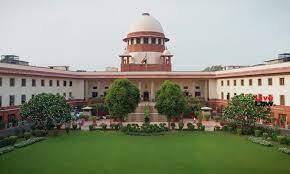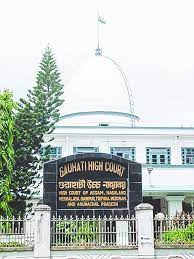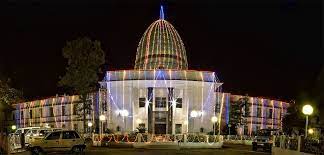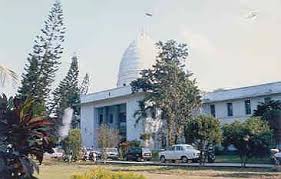Whereby the petition was allowed, the order dated 30.09.2014 passed by the Trial Court allowing the application under order IX Rule 13 of the Code of Civil Procedure, 19081 was set aside and the ex parte decree was maintained. (Para 3)
The High Court, by the impugned order dated 12.01.2015, allowed the Writ Petition, set aside the order dated 30.09.2014. As a result, the suit of the respondent-MSEB stood decreed ex parte. The petition was allowed on the ground that the application under Order IX Rule 13 CPC would not be maintainable in as much as the High Court had applied the explanation under Order XVII Rule 2 CPC. (Para 7)
A plain reading of Order IX Rule 13 makes it apparent that where in a case, a decree is passed ex parte against defendant, a party may apply to the Court for setting aside the same for reasons satisfying the Court regarding non-appearance. (Para 16)
Coming to Order XVII Rule 2 CPC, it would be apparent that if the parties or any one of them failed to appear on a day to which the hearing of the suit is adjourned, the Court may proceed to dispose of the suit in one of the modes directed in that behalf by Order IX or make such other order as it deems fit. (Para 17)
It is to be noticed that under Rule 6 thereof where summons are duly served and the defendant does not appear when the suit is called on for hearing, then the Court may make an order that the suit be heard ex parte. This is in fact the procedure adopted by the Trial Court in the present case. Accordingly, after the evidence of the plaintiff was concluded and the defendant continued to remain absent, the Trial Court decreed the suit ex parte, vide judgment dated 29.01.2005. The operative portion thereof clearly mentions that the suit is decreed ex parte. (Para 18)
Now coming to the explanation, what is stated therein is that where the evidence or a substantial portion of the evidence of any party has already been recorded and such party fails to appear on any day to which the hearing of the suit is adjourned, the Court would be at liberty to proceed with the case as if such party were present. Two phrases are important in the explanation “any party” and “such party”. “Any party” refers to the party which has led evidence or substantial evidence and “such party” refers to that very party which has led evidence or substantial evidence. What is discernible is that under Order XVII Rule 2, the Court would proceed to pass orders with respect to any of the parties being absent or both the parties being absent. Whereas the explanation is confined to record the presence of that party and that party alone, which has led evidence or substantial evidence and has thereafter failed to appear. In the present case, admittedly the suit was at the stage of plaintiff’s evidence as is apparent from the order dated 04.12.2004. The evidence of the defendants had not even started and the defendants’ counsel had not even cross-examined the plaintiff’s evidence. (Para 19)
The explanation in the present case could have been invoked only if the plaintiff, after adducing his evidence or substantial evidence, failed to appear, the Court could have recorded his presence while disposing of the suit. But once the defendant had not led any evidence at all, the explanation could not be invoked as against the defendant/appellant. The High Court committed an error in applying the explanation to Order XVII Rule 2 CPC and based upon it holding that an application under Order IX Rule 13 CPC would not be maintainable as the presence of the defendant would be deemed to be recorded at the time of disposal of the suit. (Para 20)
As a matter of fact, once the counsel had withdrawn his Vakalatnama, in normal course, the Trial Court ought to have issued notice to the defendants to engage another counsel, which it did not do and proceeded ex parte. The Trial Court committed an error in doing so. Further, the Trial Court, in its wisdom and discretion having allowed the application under Order IX Rule 13 CPC, the High Court ought to have refrained itself from interfering with an order which advanced the cause of justice by affording opportunities to both the parties so that the suit could be decided on merits. (Para 21)
For all the reasons recorded above, we are unable to uphold the impugned order of the High Court. The appeal is allowed. The impugned order of the High Court is set aside. The Trial Court will proceed to decide the Special Civil Suit on its own merits, after giving due opportunities to the parties and strictly proceed in accordance with law. (Para 22)
SUPREME COURT OF INDIA
2023 STPL(Web) 181 SC
[2023 INSC 732]
Y.P. Lele Vs. Maharashtra State Electricity Distribution Company Ltd. & Ors.
Civil Appeal No. 5155 of 2023 Arising out of SLP (C) NO. 3543 of 2019-Decided on 16-8-2023
https://stpllaw.in/wp-content/uploads/2023/08/2023-STPLWeb-181-SC.pdf







